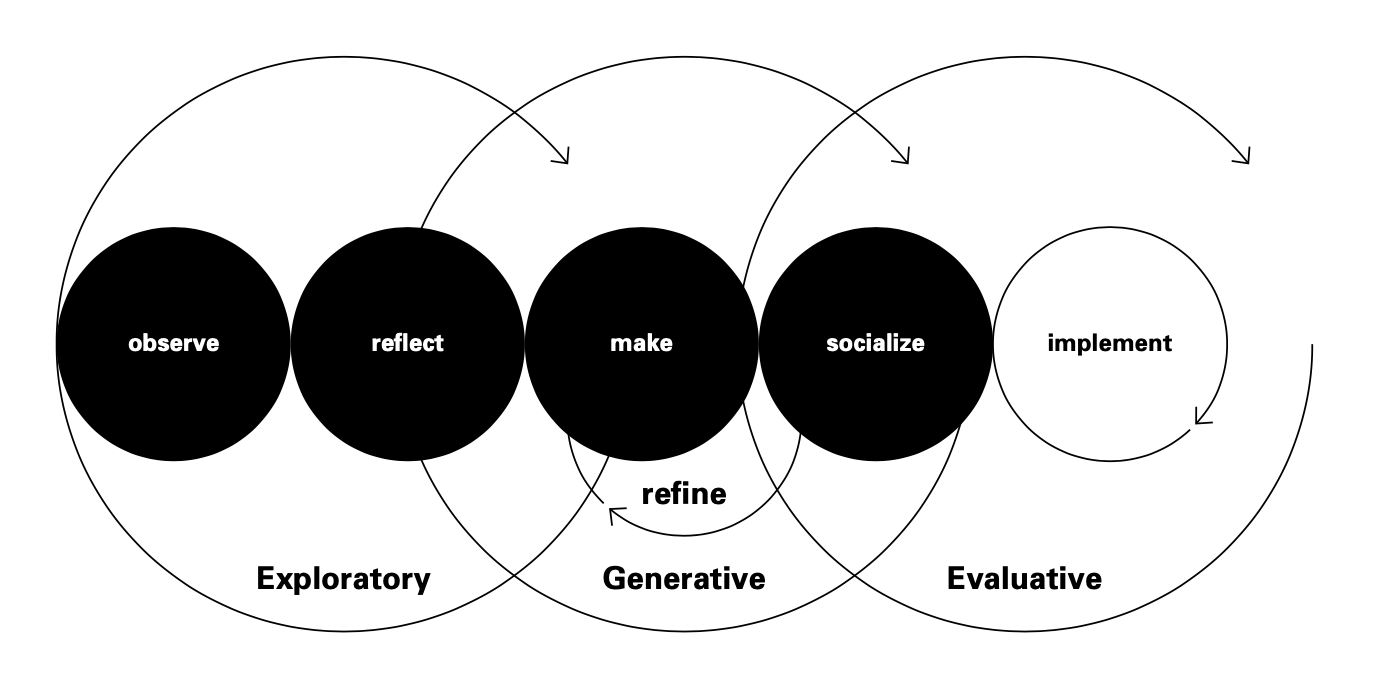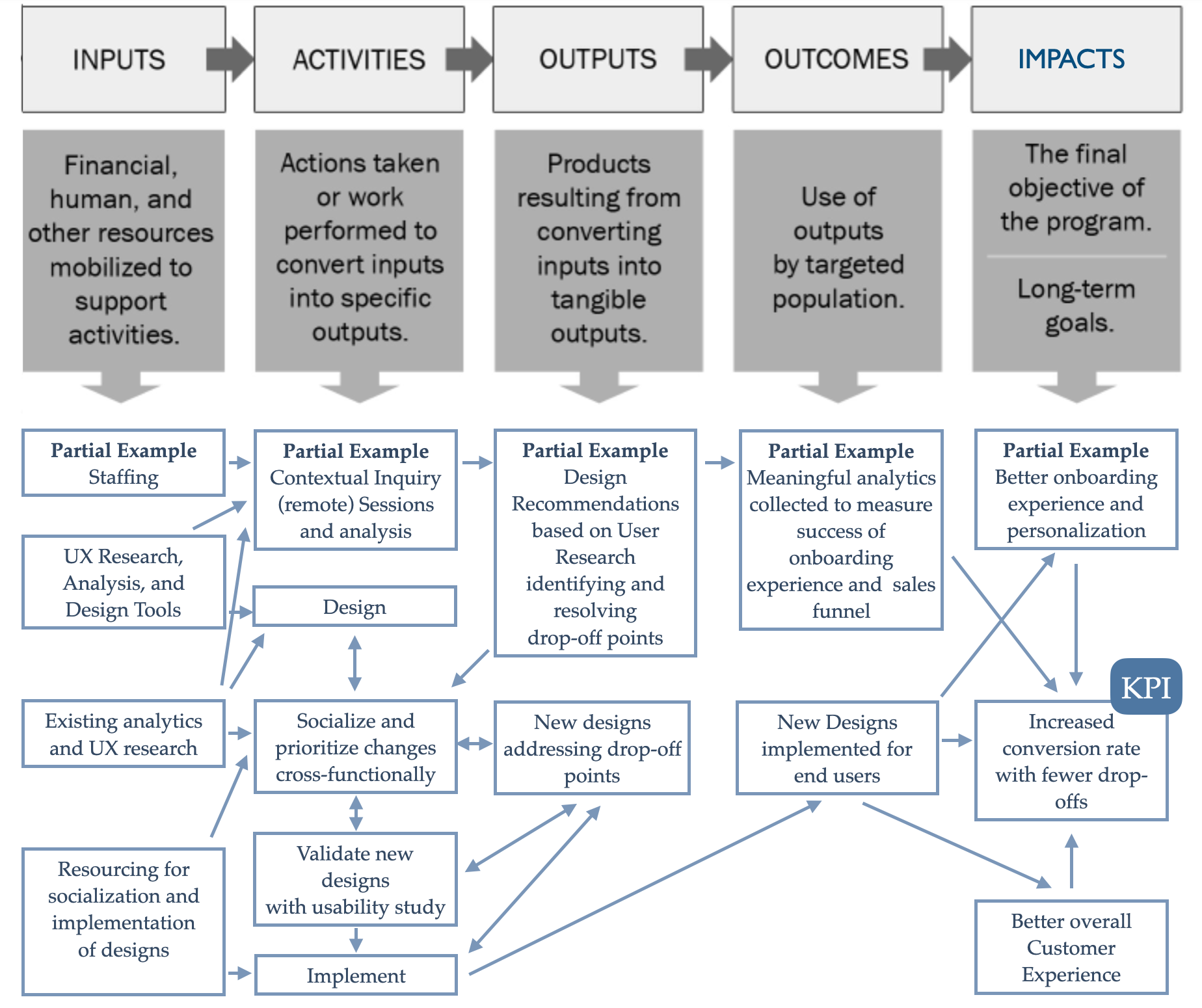My Approach
I bring aspects of Product Management into my overall approach to ensure the research and design work I lead is adopted and implemented by organizations. I routinely work with stakeholders to identify shared wins, prioritize issues, and align workstreams.
My approach is anchored in building strong teams and momentum. I believe highly performing teams need a shared understanding of their objectives, work, and context. I use “team” broadly and include all stakeholders working toward a shared goal. I build momentum by identifying and tackling achievable wins with measurable business value while working towards larger goals.
Group whiteboarding activities are an effective way for the teams I work with to develop a shared understanding and prioritize achievable wins. There are some great virtual whiteboarding options out there. I use frameworks to structure these activities, which invite engagement, organize team input, and identify gaps in understanding. Group whiteboarding activities can turn the Storming stage of Tuckman’s stages of group development into a productive team building activity.
Here are two frameworks that consistently work well to situate my work in large enterprise ecosystems and achieve cross-functional alignment. These are good additions to any toolbox.
User Research and Experience Design
Understanding how research and design fit together is important. It is also important to understand how research and design fit within an organization: how will they be socialized, implemented, and evaluated? The double diamond model is excellent, however I often prefer Dubberly and Evenson’s model (Figure 1) to frame the conversation about the types of research needed at different stages of project, program, and product lifecycles.

Figure 1: A people-centered research process coming together with a general design process.
Reprinted from Evenson, S. and Dubberly, H. (2009). Designing for Service: Creating an Experience Advantage. In Introduction to Service Engineering (eds G. Salvendy and W. Karwowski). https://doi.org/10.1002/9780470569627.ch19.
Supporting Impactful Change
As a consultant I often get paid for outcomes, but my focus is on impacts. I work with stakeholders to map my inputs and activities through to the impacts an organization aims to achieve (and measure). This way I ensure my work is grounded in organizational needs and has cross-functional alignment.
The framework I use is based on “Theory of Change” modeling (Figure 2) I did working with the Technology and Social Change research team at the University of Washington to measure the impact of public libraries on society. I have successfully employed this framework in multiple enterprise organizations, tying research and design activities to measurable business goals.

Figure 2: The theory of change model with an example applying it to reducing the amount of customers dropping out of a sales funnel during a trial period.
Adapted from Gertler, P. J., Martinez, S., Premand, P., Rawlings, L. B., & Vermeersch, C. M. J. (2010). Impact Evaluation in Practice. The World Bank. https://doi.org/10.1596/978-0-8213-8541-8.
It may look daunting, but this framework is engaging. It allows teams to contribute their perspective to a shared model and identify gaps that need addressing to ensure a plan’s success. It is also a great way for teams to see where they add value and appreciate the value added by others.